Statistics Assignment: Analysis of Variance and Probability
VerifiedAdded on 2023/04/24
|6
|1111
|221
Homework Assignment
AI Summary
This statistics assignment provides solutions to four key questions. Question 1 covers the calculation and interpretation of covariance and correlation between two variables, x (years of experience) and y (salary), including a discussion on the relationship between them. Question 2 addresses hypothesis testing, specifically testing a company's claim about the percentage of users experiencing drowsiness from a sinus drug, involving the calculation of a p-value and confidence interval. Question 3 delves into measures of central tendency (mean, median, mode), standard deviation, and identifying unusual data values using empirical rules. Finally, Question 4 focuses on probability calculations using Bayes' theorem and conditional probability to determine the probability of events occurring, such as on-time delivery, given certain conditions. All solutions include detailed calculations and explanations.
1 out of 6
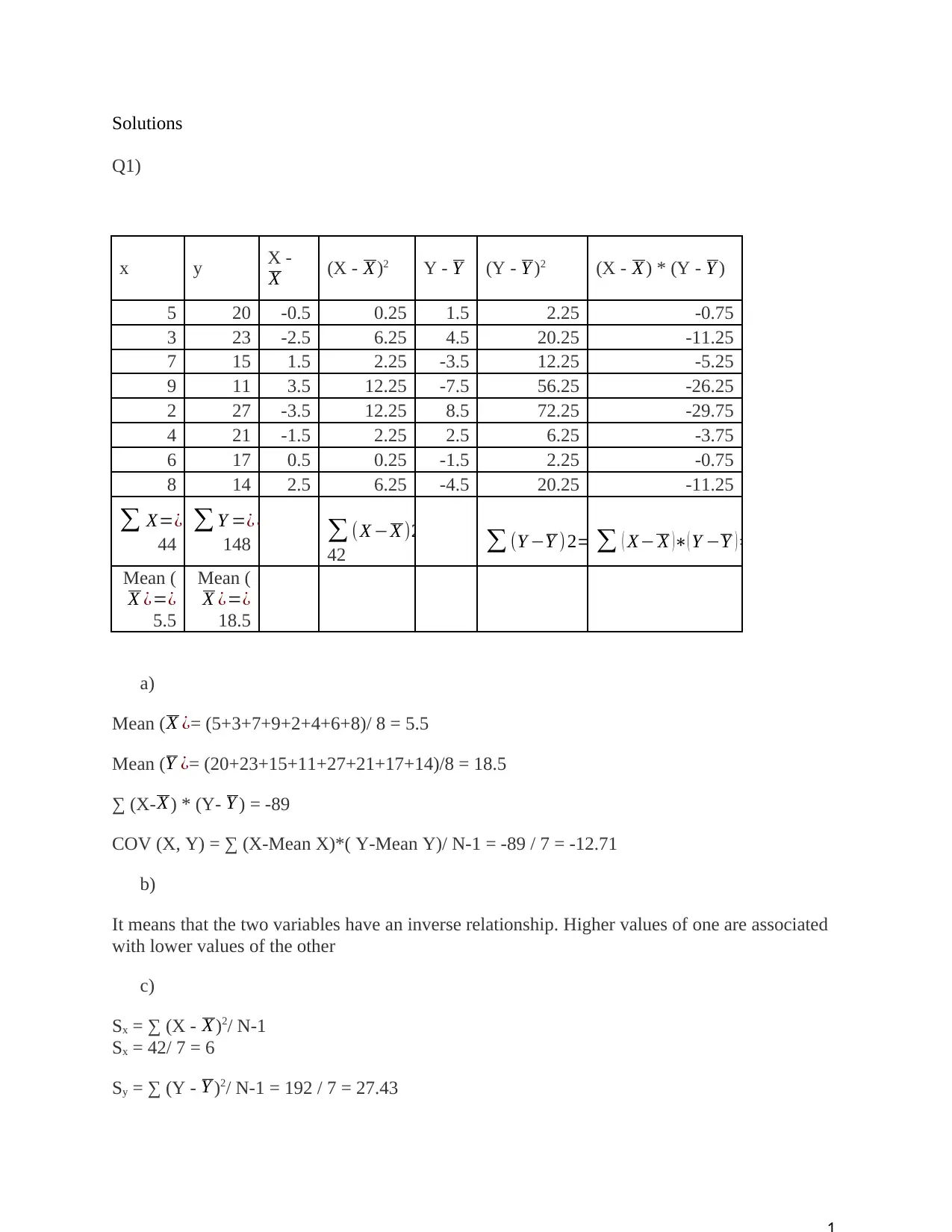
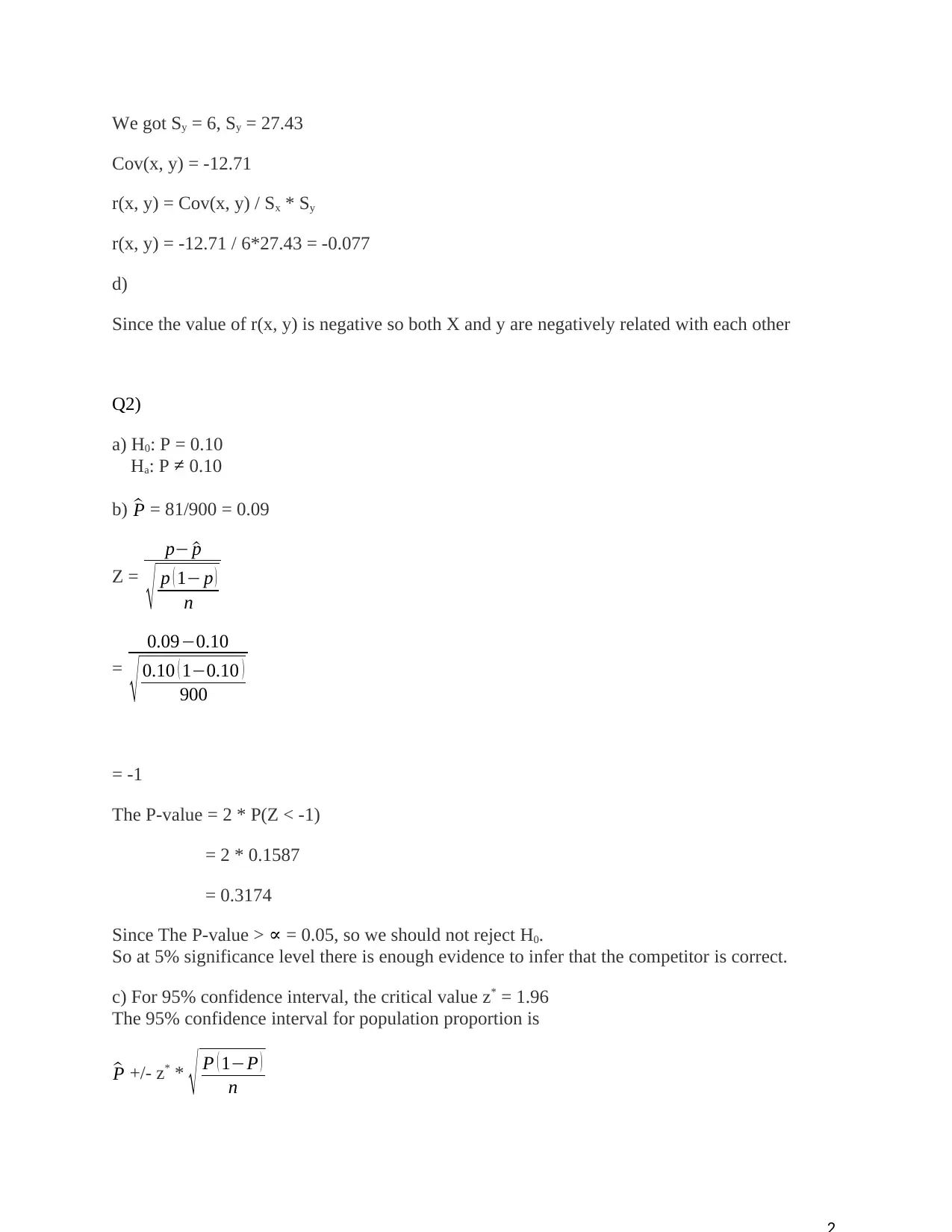
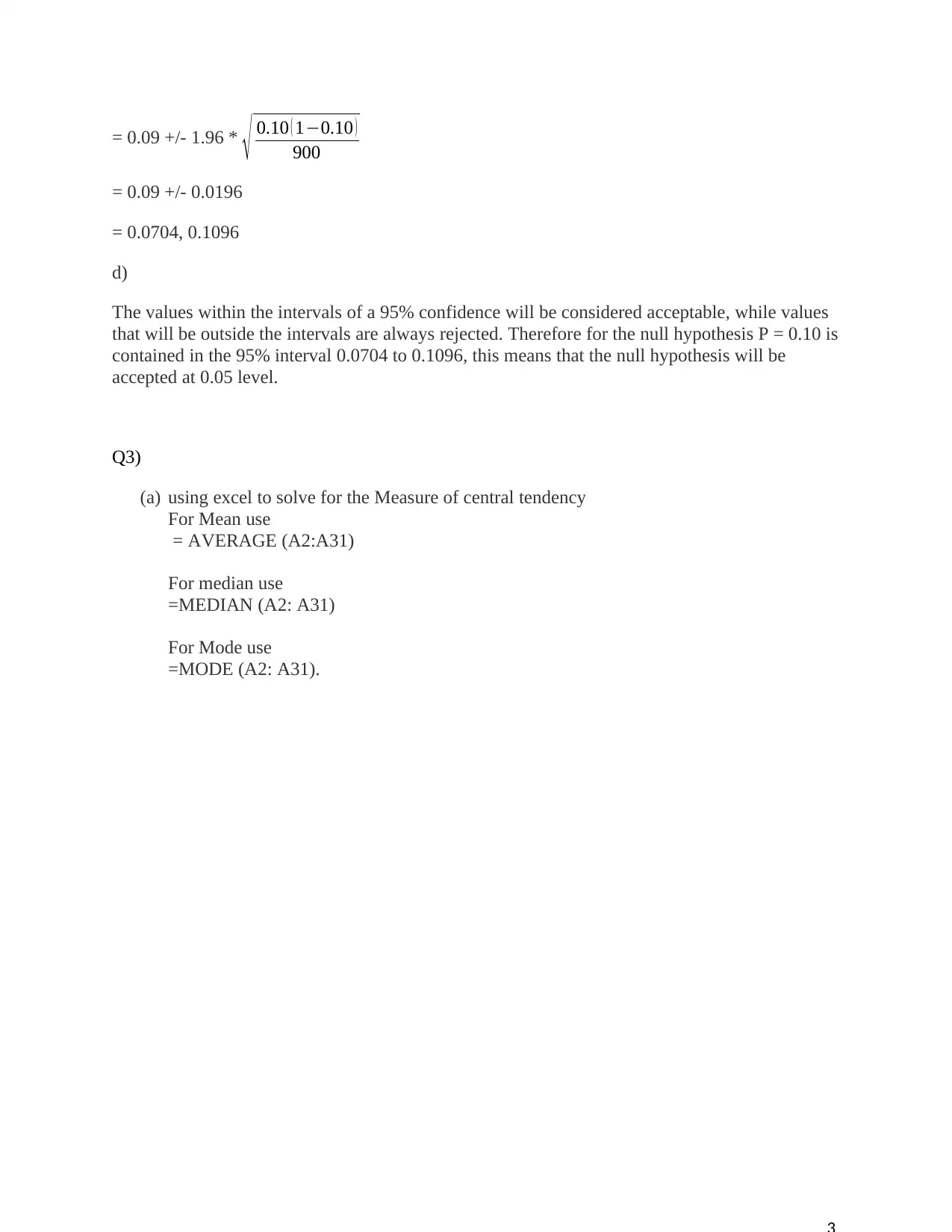

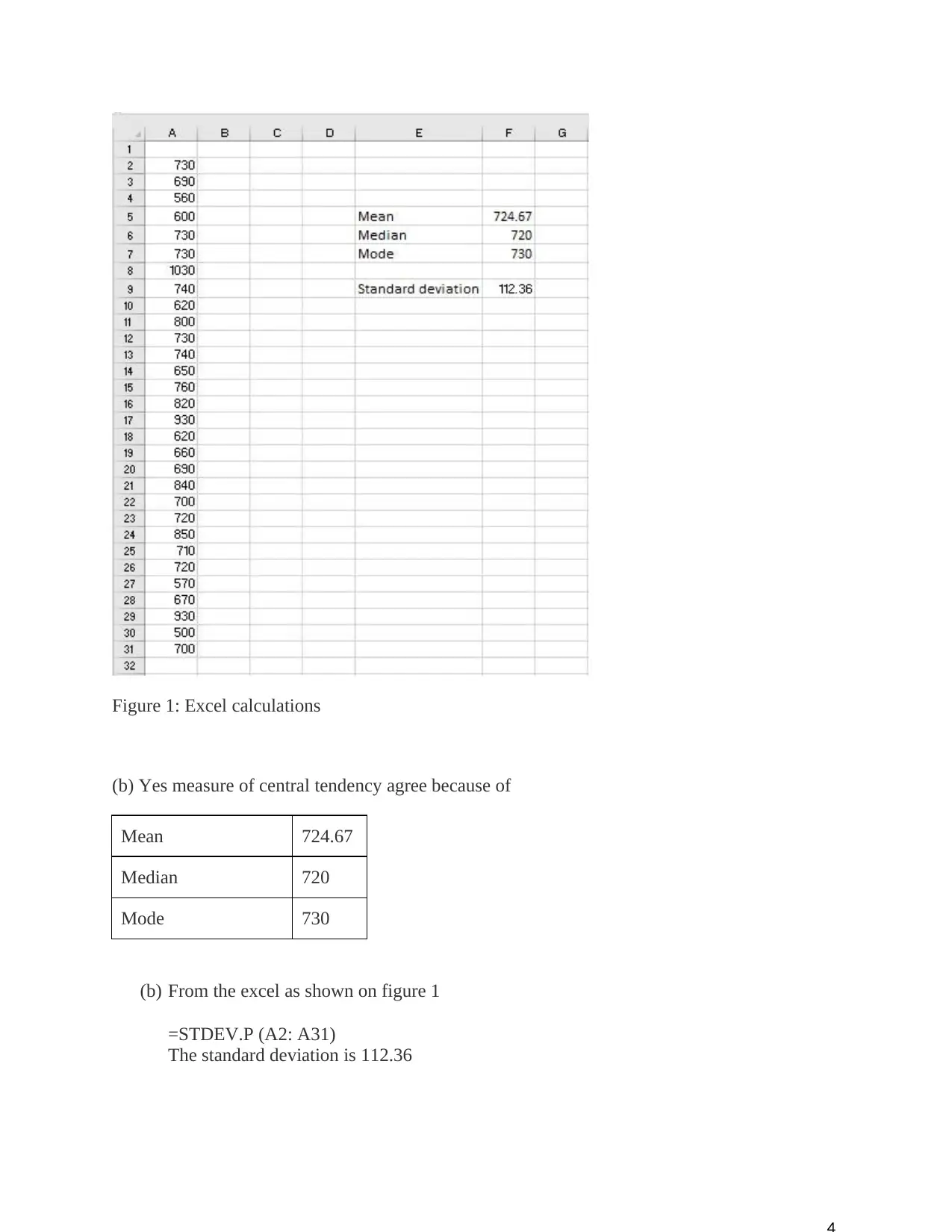
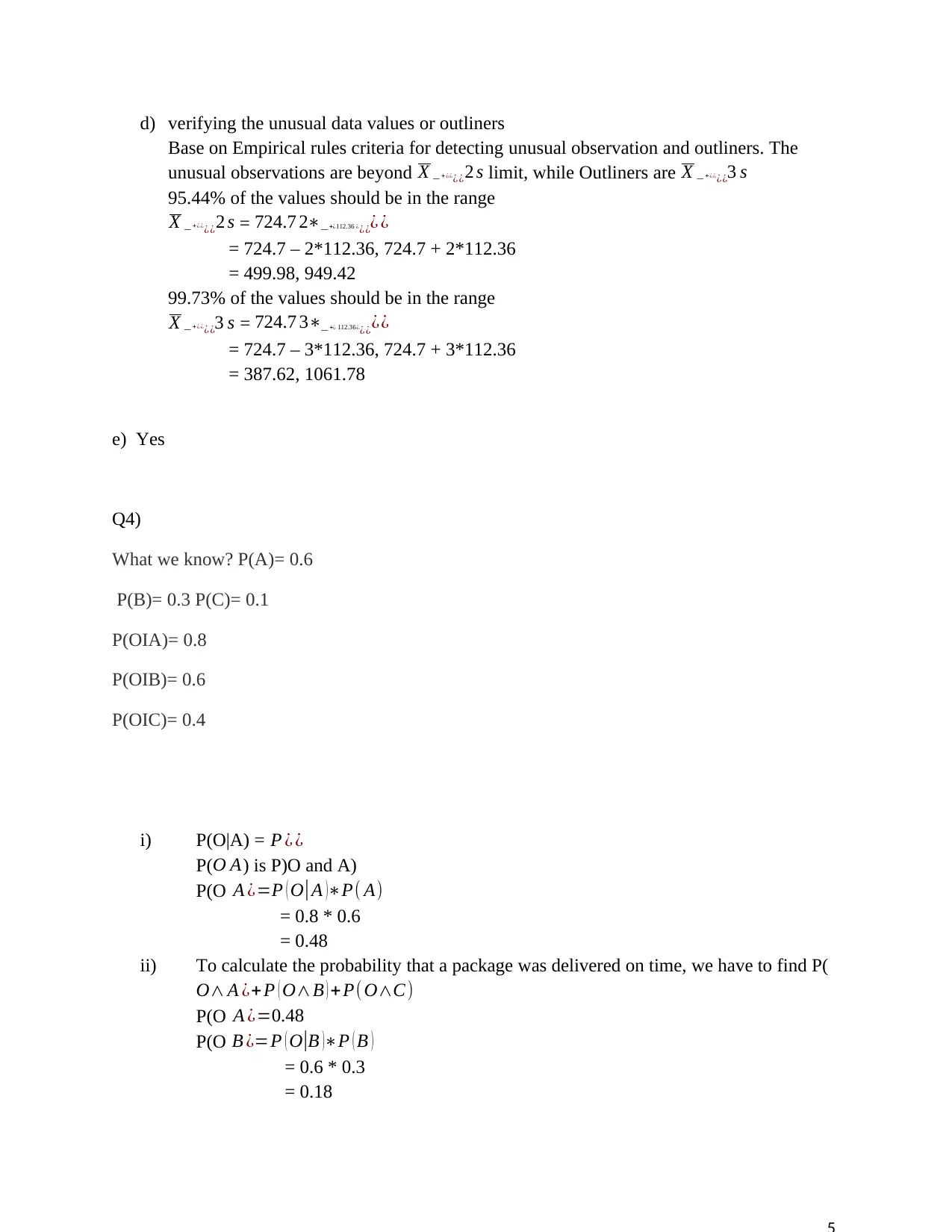
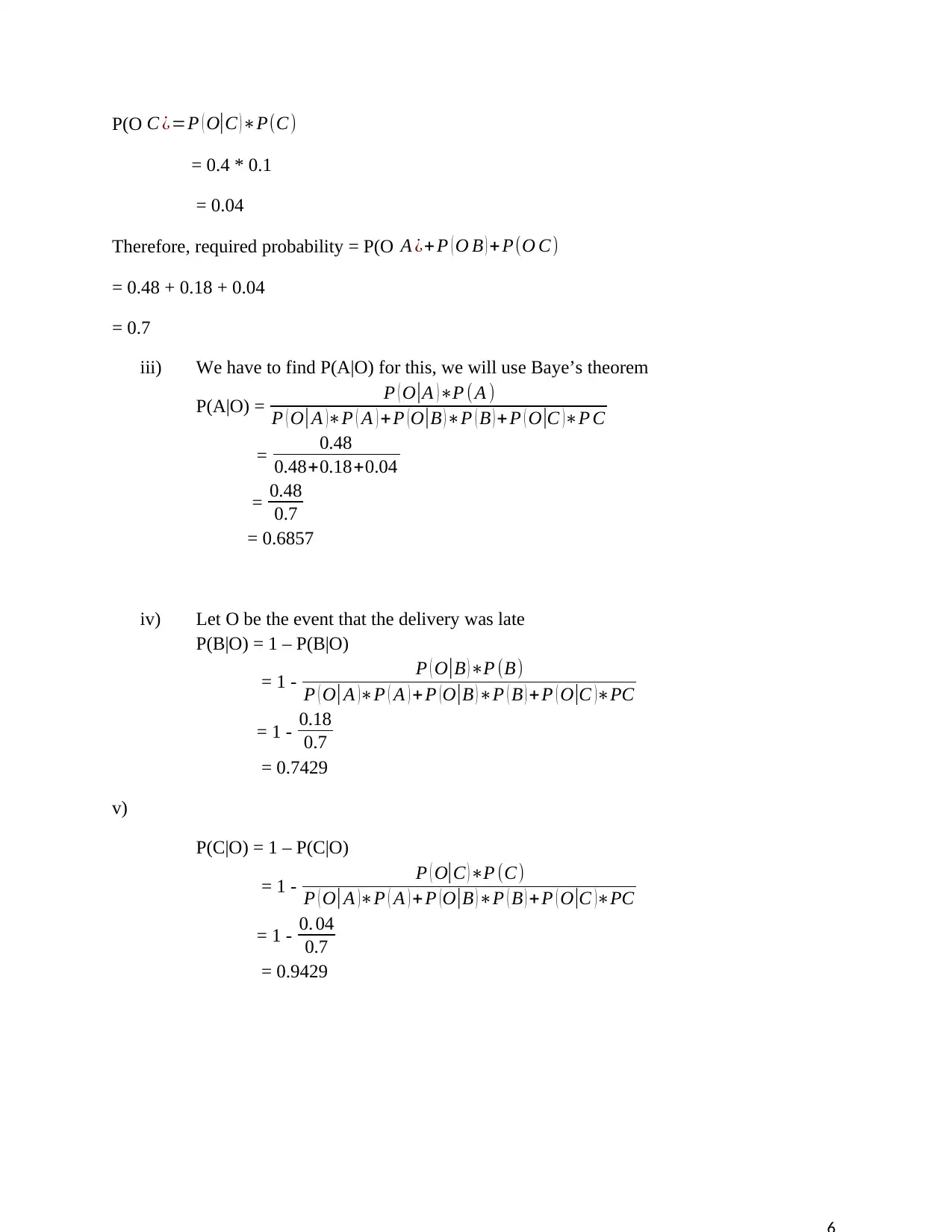




![[object Object]](/_next/static/media/star-bottom.7253800d.svg)